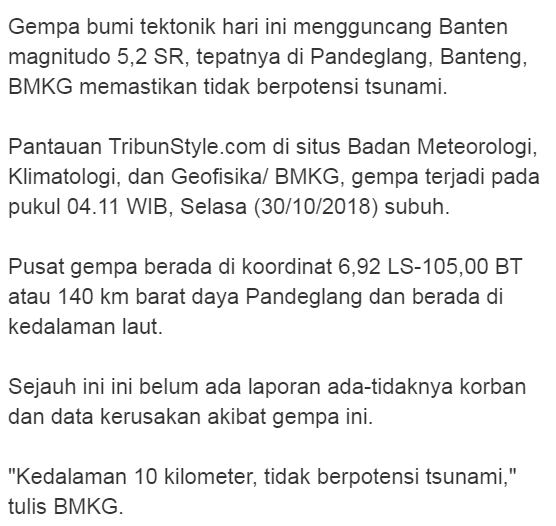








Agents Warned About E&O Risks in Claiming Cyber, Cannabis Expertise
Insurance agents and brokers who market themselves as experts in cannabis or cyber could wind up regretting that positioning. Because both are relatively new exposures subject to changing regulations and coverages, producers marketing themselves as experts could face scrutiny, lawsuits and possible errors and omissions claims, according to speakers at the Professional Liability Underwriting Society (PLUS).
“Any time we see someone advertise expertise, we’re going to see a claim,” said Kiera Goral, assistant vice president of Specialty Claims at QBE.
Patrick Carley III, a New York-based partner with the law firm of Traub, Lieberman, Straus & Shrewsberry, is seeing a number of E&O claims resulting from producers not understanding cyber, but still purporting to be an expert.
“It behooves agents and brokers to be very cautious about exactly what they are representing their expertise to be, especially when it comes to cyber,” said Carley.
Given that there are many plug-and-play cyber products on the market, agents may miss coverage gaps, advised Javier Gonzalez, partner and executive vice president of Sales for N.J.-based Axis Insurance Services. That’s why it’s vital for agents to educate clients, he said. After a loss, a client may question why a particular coverage wasn’t offered. Gonzalez suggested that agents and brokers who use checklists when reviewing a client’s insurance portfolio include cyber on those lists. In addition, because the cyber product is constantly evolving, auto-renewing without a review is a bad idea.
“I think on the claims side, it’s pretty clear when there’s a large loss, it’s typically going to be as a result of the agent or broker dabbling in a product they didn’t have any previous experience in,” said Gonzalez.
It’s especially important to review coverage when a policyholder is changing carriers, said Michell Girardin Freimuth, vice president and insurance agents E&O practice leader for Allied World. She suggested having clients sign off on changes, especially if they are losing coverage.
Agents can mitigate this risk by educating younger employees on communication and what to include or not include on social media sites. QBE’s Goral has seen depositions where printouts of social media posts were brought in to support “expert” questioning. She also suggested completing peer reviews and identifying for long-standing clients where there is likely to be a coverage gap before a claim arises.
Sponsored by: Insurance Journal. You deserve an upgrade. Go Pro! IJPro. It's Insurance Journal on steroids.
Carley added that employee social media accounts should be monitored, and employees should be reminded to memorialize oral conversations with clients. Agency websites should be reviewed regularly, as well.
“Their representations track back to you,” said Carley.
With respect to agents and brokers’ own cyber exposure, Gonzalez is seeing more social engineering claims arising from email requests not being verified. The same scenario was seen with title agents a few years ago, he said. Multiple policies may be at play in these losses including cyber and E&O if involves policyholder premiums, panelists said.
Problems with Pot
Cannabis coverage is also fraught with issues. Allied World’s Girardin Freimuth said the first question she gets as an underwriter is whether it’s covered under E&O. Her answer: maybe. It depends on applicable state and federal laws.
Goral said it’s a difficult question to answer, given the criminal acts exclusion that may preclude coverage since marijuana remains classified by the federal government as a prohibited substance.
Another dilemma is whether to segregate premiums obtained from insuring cannabis-related exposures, said Carley. The theory is that other premiums would be safe in case there is a seizure of funds by the federal government. One strategy he’s seen: an agency created a new entity just to address cannabis risk.
According to Gonzalez, carriers and brokers must decide whether they are going to be in that space given the risks.
M&A Issues
E&O claims are also expected to rise as mergers and acquisitions continue at a healthy pace, according to Girardin Freimuth, who pointed out the importance of reviewing problematic areas such as ensuring insurance policies address prior acts and whether professional services of the acquired agency are covered under the buying agency’s current policy.
“Addressing prior acts is the number one issue,” said Goral.








































